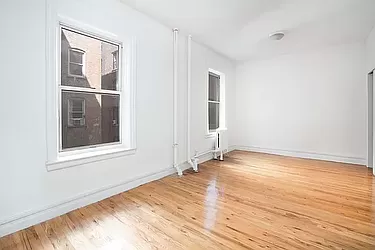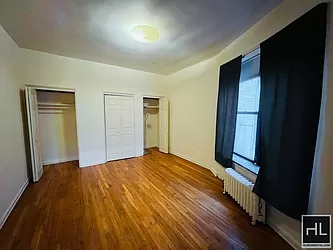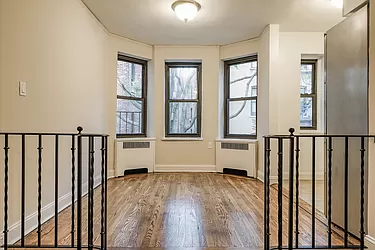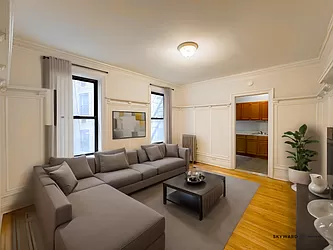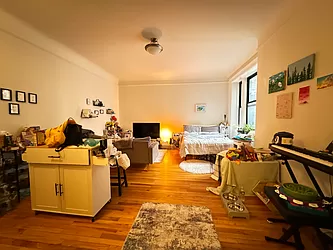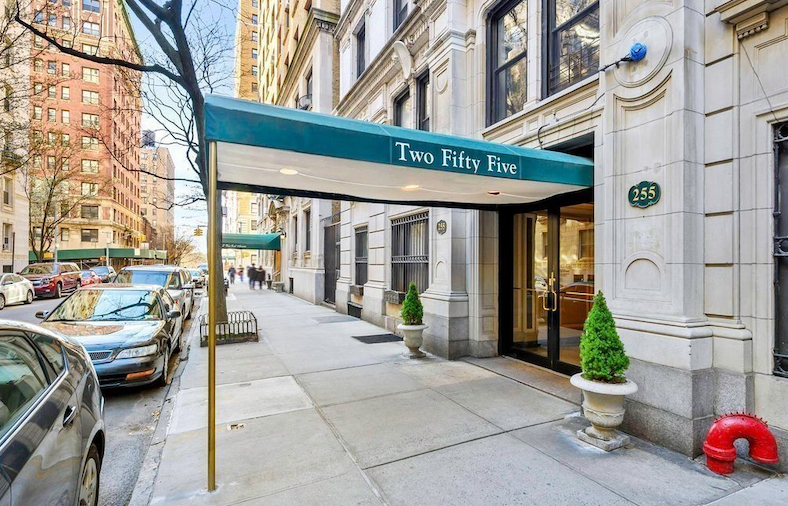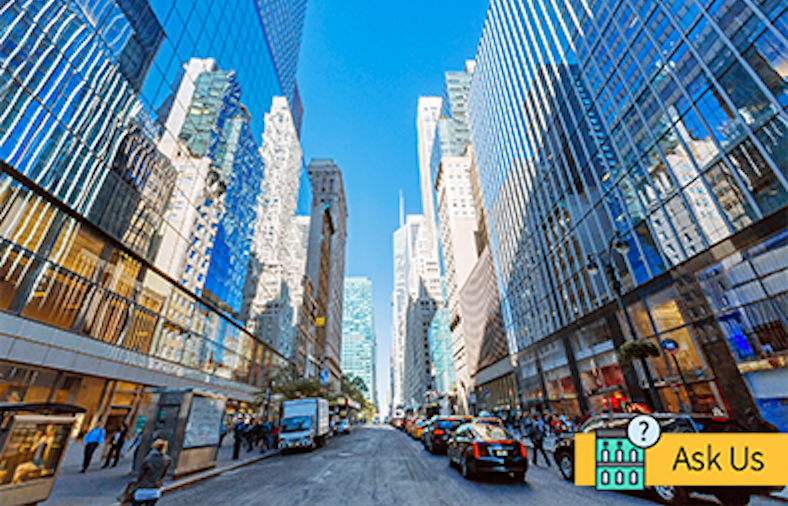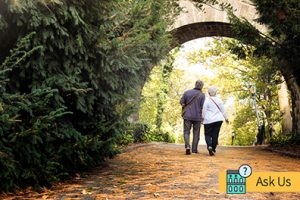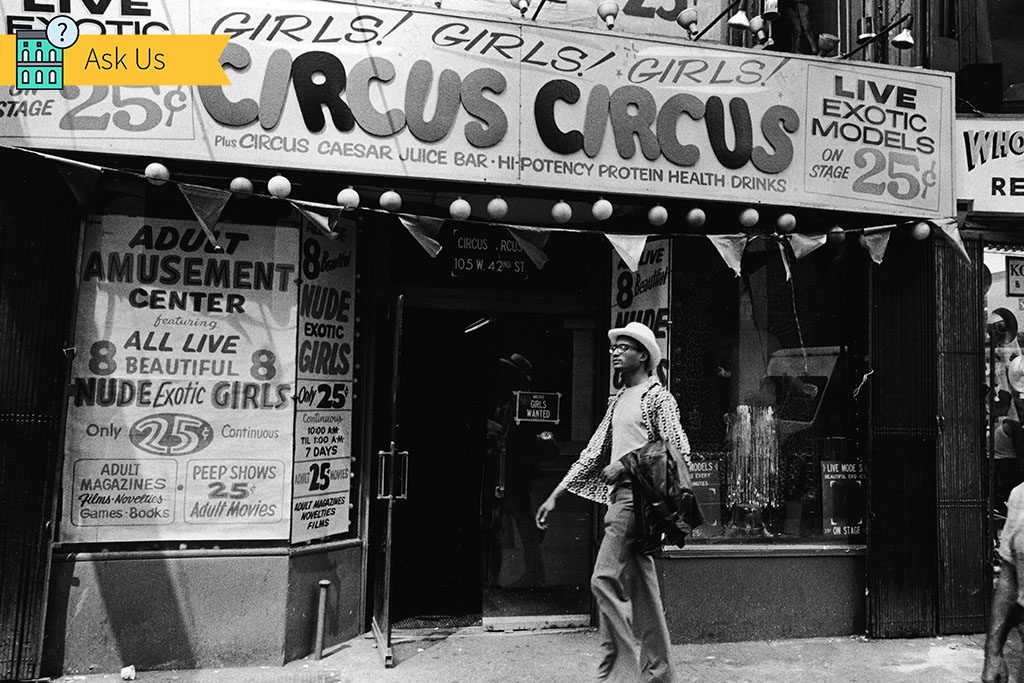
In this 1970s photo, Times Square adult amusement center Circus Circus advertises exotic models, nude girls, books, magazines, games, and peep shows, as well as a juice bar and “high-potency protein health drinks.” (Sachs/Hulton Archive/Getty Images)
Question: I recently left New York and moved to San Francisco. I’m appalled! It’s filthy. Homelessness is out of control. Open drug usage on the streets. The sidewalks are littered with garbage, excrement and broken glass. And it’s hard to tell where people draw the line between artistic murals and plain old graffiti. It’s like stepping back into New York 30 years ago. How did New York reverse the urban blight of the late 20th century, and why can’t other cities do it, too?
— Missing New York Every Day
In Part I of my answer to your question, I took a broad look at the changes in New York since the 1970s. Here, I’m citing five really important things that the city did from the 1970s into the ‘90s to reverse its decline. None of the efforts was without criticism and none was perfect, and feel free to challenge my opinions. But, overall, these developments significantly changed both the experience of the city and the perception of it. Attitudes of New Yorkers and of visitors to New York were radically altered. The clean, safe city we live in today is the result.
1. Times Square Cleanup
Perception matters. Cleaning up Times Square, New York’s preeminent public space, transformed the city’s image to both New Yorkers and visitors. Efforts to scrub the seedy crossroads of prostitutes and peep shows floundered for decades. What eventually emerged in 1992 was, literally, the Disney-fication of the neighborhood. The squeaky clean Disney company embraced a nostalgic image of the area’s bright lights and crowded sidewalks. It took a long-term lease on the New Amsterdam Theater and wooed families with productions like “The Lion King.” Other companies followed: Madame Tussauds, the Toys ‘R’ Us flagship, the AMC multiplex and advertising companies introduced a new age of giant video billboards. Times Square — and New York itself — became a place where out-of-towners could feel safe and have a fun time.
2. Housing Programs
Between 1950 and 1980, New York lost 800,000 people, dropping the city’s population to just 7 million. Hard to imagine today, but in many parts of the city you couldn’t give away apartments. Property owners torched or abandoned tens of thousands of buildings. The city took ownership of 100,000 units. Then, as the population stabilized and slowly began to grow in the 80s, Mayor Ed Koch launched an ambitious 10-year, $5 billion plan to rehab and build 250,000 new homes; focusing on the burned-out South Bronx and Upper Manhattan. Over the years, the city has maintained a commitment to building affordable housing. In the six years since Mayor Bill de Blasio took office, the city has created and preserved a total of 122,000 affordable units. New York’s population is now 8.3 million.
3. Help for the Homeless
New York took homeless people off the streets. A series of lawsuits in the ‘80s and ‘90s forced the city to provide shelters for its legions of homeless people. Today, on any given night, New York shelters 95% of its nearly 80,000 homeless people. In contrast, Los Angeles, with a homeless population of almost 50,000, shelters just 25%, while the San Francisco Bay Area shelters just 33% of its 53,000 homeless. Moving the homeless into shelters made the streets more hospitable, cleaner, and less threatening. It also helped to reduce crime, not just crimes committed by the street people but crimes perpetrated against them as well. Today, a person sleeping on a steam grate or in a shop doorway is the exception in New York; not so many other cities.
4. The Crackdown on Crime
In 1984, the NYC Transit Authority launched a successful zero-tolerance program to eradicate graffiti from subway trains. Six years later, the MTA hired William Bratton to take over the Transit Police, focusing on disorderly behavior in the vast subway system — especially fare beating. And four years after that, then-Mayor Rudolph Giuliani elevated Bratton to head the NYPD. The rest is history. Under Bratton, the NYPD launched a full-scale war on crime, petty and violent, and “brought enormous capacities to bear— particularly Compstat, its tactical planning and accountability system, which identified where crimes were occurring and held local commanders responsible for their areas,” explained City Journal in a 2009 special issue on the turnaround. The crime crackdown did not come without plenty of problems — most notably the horrible 1997 police torture of Haitian immigrant Abner Louima in Brooklyn or the 1999 shooting of unarmed West African Amadou Diallo in the Bronx. But crime in the city was cut far more than anywhere else, noted University of California law professor Franklin Zimring, who wrote the definitive study of the transformation. Today, New York is the safest big city in the U.S.
5. Gentrification
As New York’s battle against the dark forces of urban blight took hold, a new demographic emerged in the city — yuppies. These young urban professionals settled into former combat zones like the Upper West Side, the Lower East Side and the dicier parts of Upper Manhattan. No longer was the city just for young singles who met up, married and moved to Westchester or across the river. The long-lived frontier of 96th Street was breached and forgotten as areas like Morningside Heights and what’s now called Central Park North experienced a tsunami of baby carriages, yoga studios and sidewalk cafes. At the same time, younger and poorer artists, musicians and other cultural trendsetters transformed Brooklyn into the hip, cutting-edge enclave it is today. Similar transformations are going on in parts of Queens and the South Bronx. All of which create a city more hospitable, more livable and more welcoming. In short, more civilized.
Interested in Morningside Heights? See Rentals Under $2,800 a Month Article continues below
David Crook is a veteran journalist and author of The Complete Wall Street Journal Real-Estate Investing and Homeowner’s Guidebooks. Do you have a question about anything real estate-related in NYC? Write him at askus@streeteasy.com. For verification purposes, please include your name and a phone number; neither will be published. Note: Nothing in this column should be considered professional legal advice. If you have a legal issue, consult an attorney.
—
Got an interesting NYC real estate story or a hot tip? Send it to us at tips@streeteasy.com. (You will remain anonymous.) And hey, why not like StreetEasy on Facebook and follow @streeteasy on Instagram?
